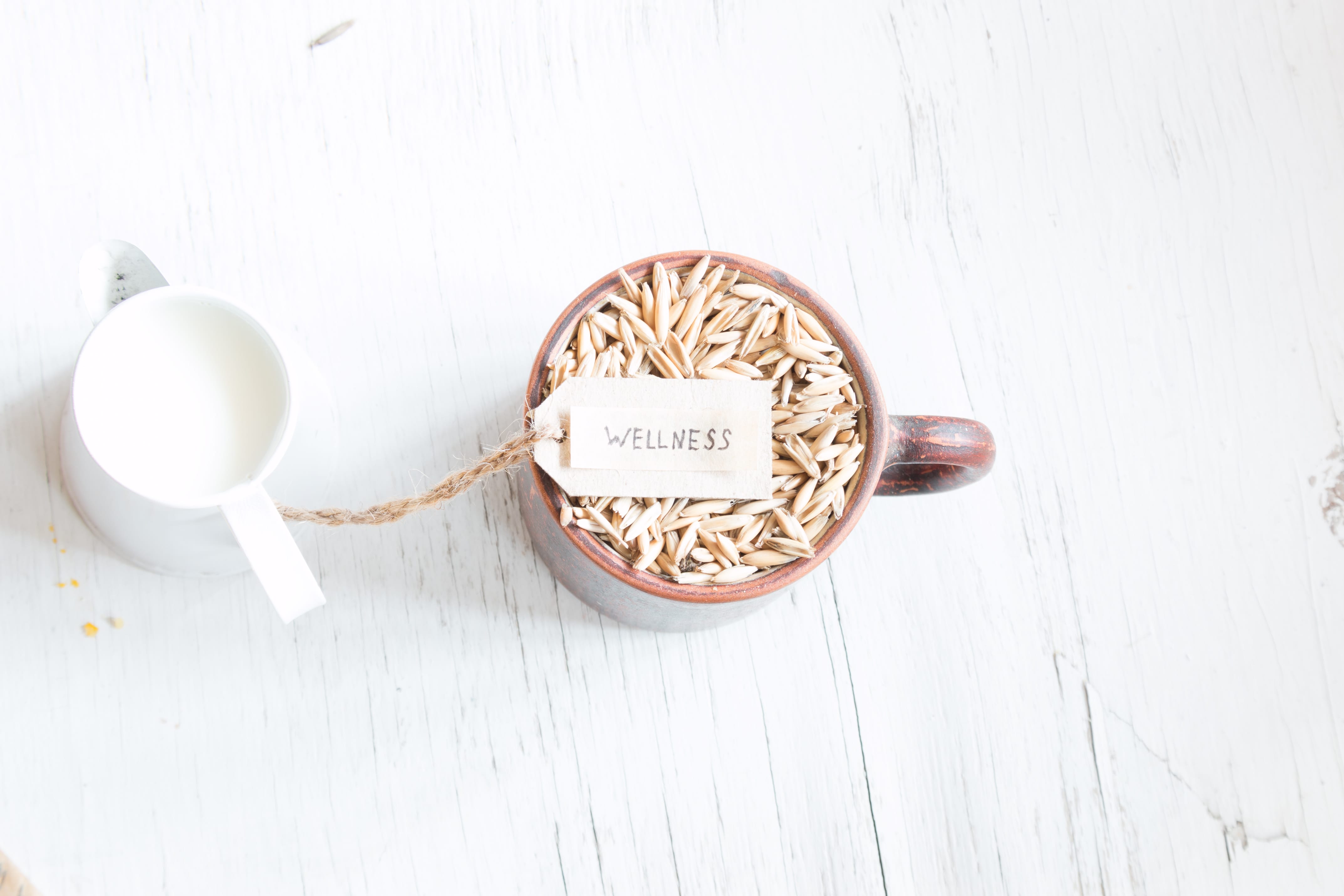Benefits
Saying goodbye to a decade’s worth of bad wellness
By Andie Burjek
Jan. 28, 2020
Writing about workplace health and health care for the past several years has meant reading my fair share of buzzy health trends.
That’s why I’ve enjoyed reading about the worst wellness trends of the 2010s and discussing it with my friends and family. Vice even did a March Madness-style bracket, which I found to be fun.
Not surprisingly, the anti-vax movement took Gold, with the keto diet taking Silver.
I was especially happy that corporate wellness made it to Round 3! It lost to another unfortunate workplace trend, #NoDaysOff. You know, that crazy idea that people who work 90 hours a week and never take a break are superior to other employees, so they brag about it online? Woof.
Still, I’m glad workplace wellness made it as far as it did, because academic studies have shown that they’re not effective at cutting health costs or changing habits. They mostly shift health care costs to employees, hence the “cost-savings.” Here was Vice’s reasoning:
Corporate wellness is the latest iteration of workplace wellness, which has been around since the late 1800s and has always existed to increase worker productivity. The current iteration of corporate wellness is mainly focused on mindfulness, but can also include, uh, taking DNA samples from employees or harassing a double-mastectomy patient into getting a mammogram. Surprisingly, these programs don’t actually contribute to workplace wellness. Go figure!
This wonderful bracket made me think about the worst trends I’ve seen in employer health in the past several years.
Some of these relate to other parties that intersect with employers, and none of this is to throw shade at employers. A lot of good things have gone on this decade, as well! Reminiscing brings up cringe-worthy memories for everyone. For example, 10 years ago I used to crochet my own ill-fitted beanies and wear them out in public because I thought they made me look artsy. It’s not fun to revisit that one.
Here are my list of worst health trends, in no particular order.
1. The “culture of health” trend: Recently U-Haul got mixed reactions online for revealing that “it will no longer hire people who use nicotine in any form in the 21 states where such hiring policies are legal.” I’ve seen positive feedback from health advocates online, but ultimately, this is a scary, slippery slope. Are we headed in the direction of a person’s employability being increasingly more linked to their habits or their health?
Think about how the Affordable Care Act protects people with pre-existing conditions when it comes to accessing health insurance. Individuals with a health condition should have just as much of a chance at getting a job as healthy individuals. Health status shouldn’t be akin to a line on your resume.
2. Health care consumerism: One of my favorite articles in the past several years was a New York Times op-ed arguing that we have to stop referring to people paying for health services as “shoppers.”
I know, I know… This movement of encouraging individuals and employees to be smart health care consumers isn’t going away soon, probably. But I agree with the argument. Encouraging employees to be educated about health care is a good thing, but marketing health care as merely a consumer good rather than a vital service people need to survive seems misleading to me.
We should stick with “patients” instead of “health care consumers” or “shopper.” And, like this op-ed suggested, we can simplify our language and just say that patients “pick” or “choose” a health plan rather than “shop for” it.
3. Pseudoscience/misinformation: A big piece of wellness this month is “The Goop Lab with Gwyneth Paltrow” arriving on Netflix. Historically, Paltrow has received criticism from health advocates and medical professionals for spreading misleading or false health information through Goop, her wellness company. Yet Goop is still a big money-making player in the wellness industry.
Meanwhile, people also get misinformation about diets and workouts from social media wellness influencers, who may not be peddling effective or safe advice.
The bottom line is, take medical advice from professionals, not celebrities or influencers. And this doesn’t just apply to individual people. Health risk assessments, which some employers rely on, sometimes contain misinformation, according to Slate.
4. Overhyped health studies: Health journalism is infamous for the “big scary study.” A news outlet gets its hands on some research and twists a finding into something that will get attention. That’s how you get headlines about how some number of glasses of red wine a day reduces your chances of getting cancer.
According to the “How bad science can lead to bad science journalism — and bad policy” from the Washington Post, this also impacts employers’ decisions. This article gives the example of accountable care organizations, which employers may choose to offer employees. The best available evidence shows ACOs don’t work, the article cited. Still, journalists have sung their praises based on studies with deep design flaws.
I’ve written about this in more detail before, but both individuals and benefits decision makers should approach health journalism skeptically. Don’t be afraid to ask questions about how the research was conducted and what might be the limitations of the study.
Finally, my honorable mention goes to consumer-directed genetic tests — specifically the fact that individual or employer consumers may get marketing talking points rather than well-rounded information when companies try to sell these products to them.
Schedule, engage, and pay your staff in one system with Workforce.com.
